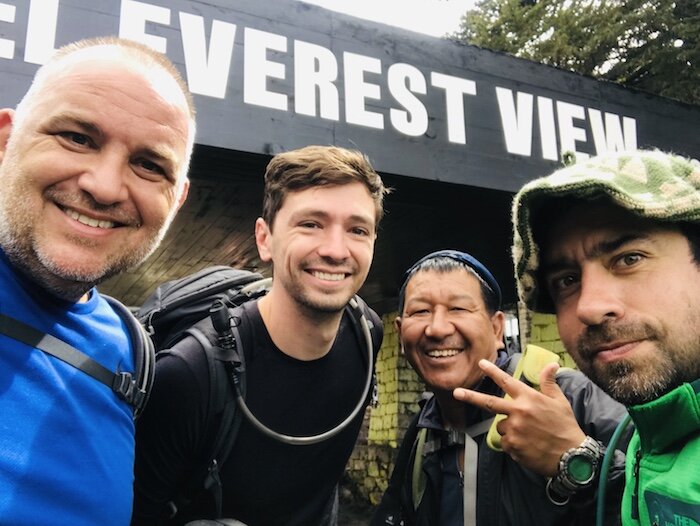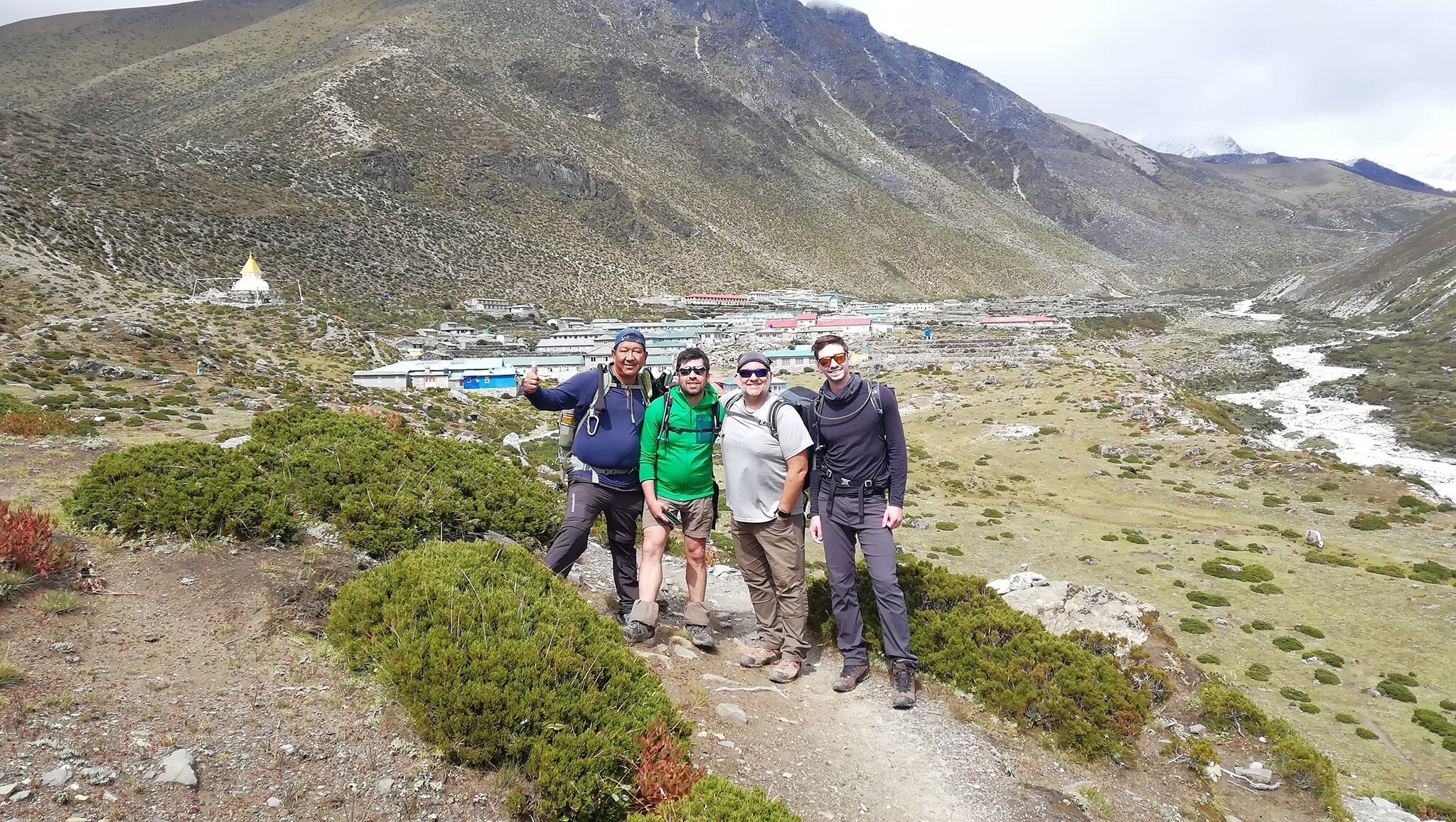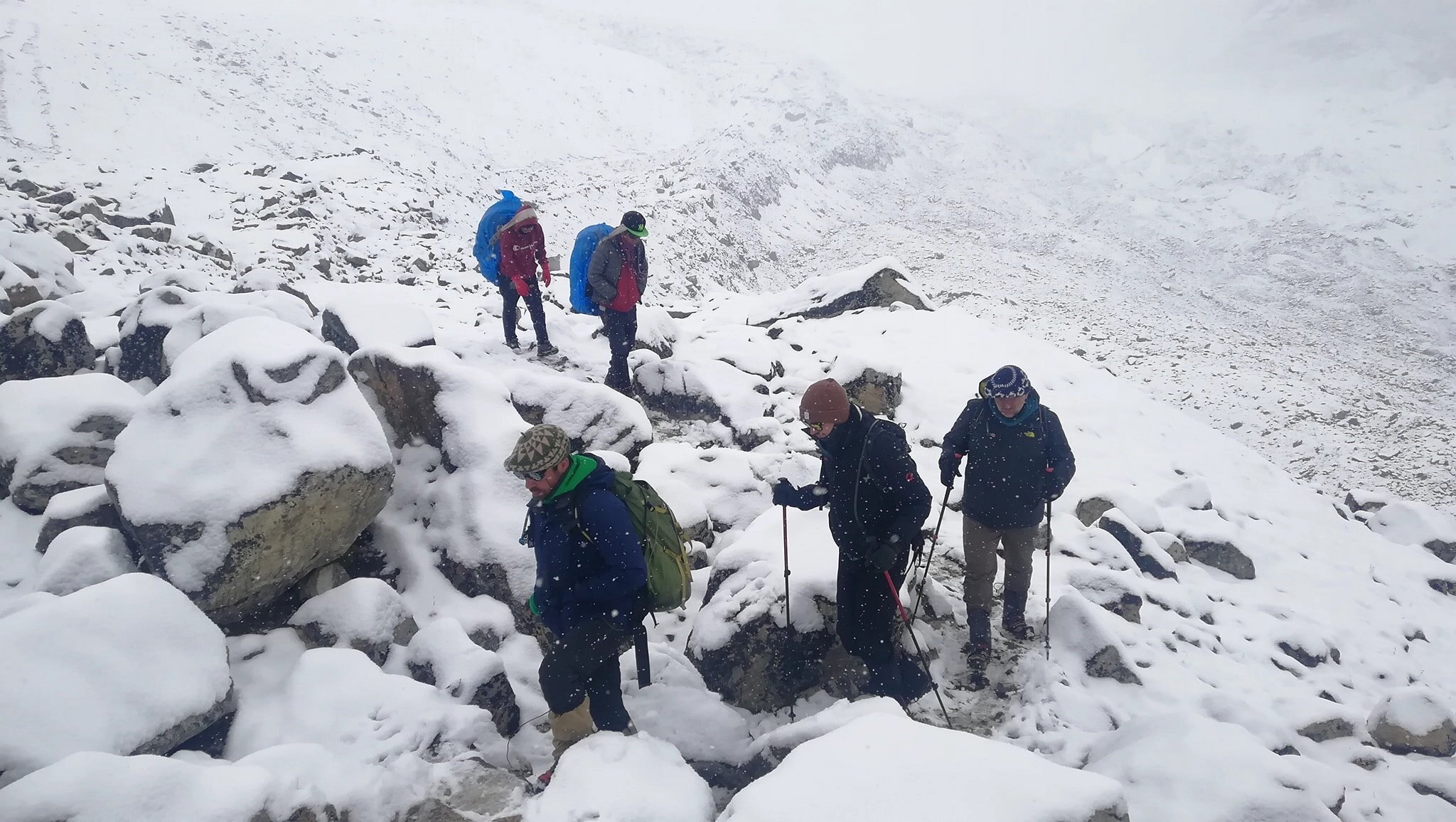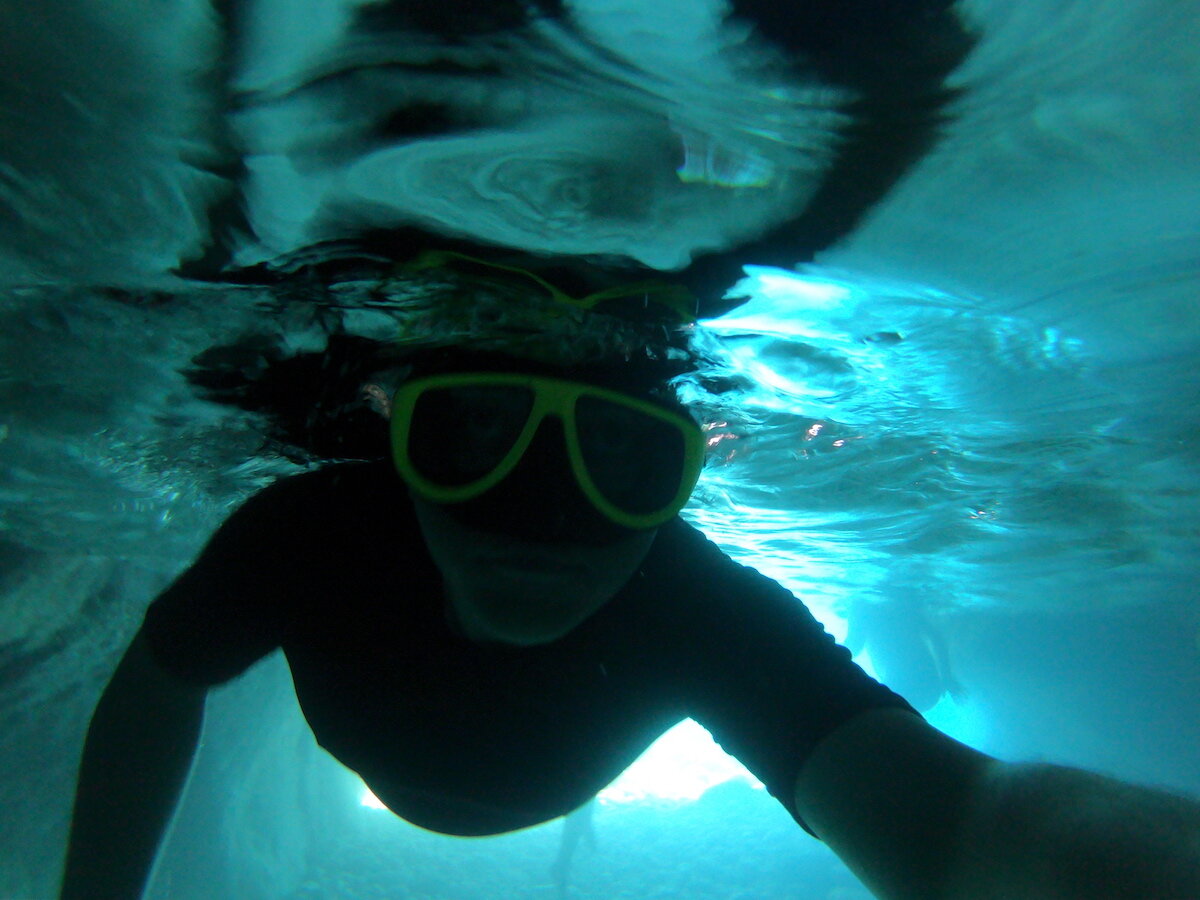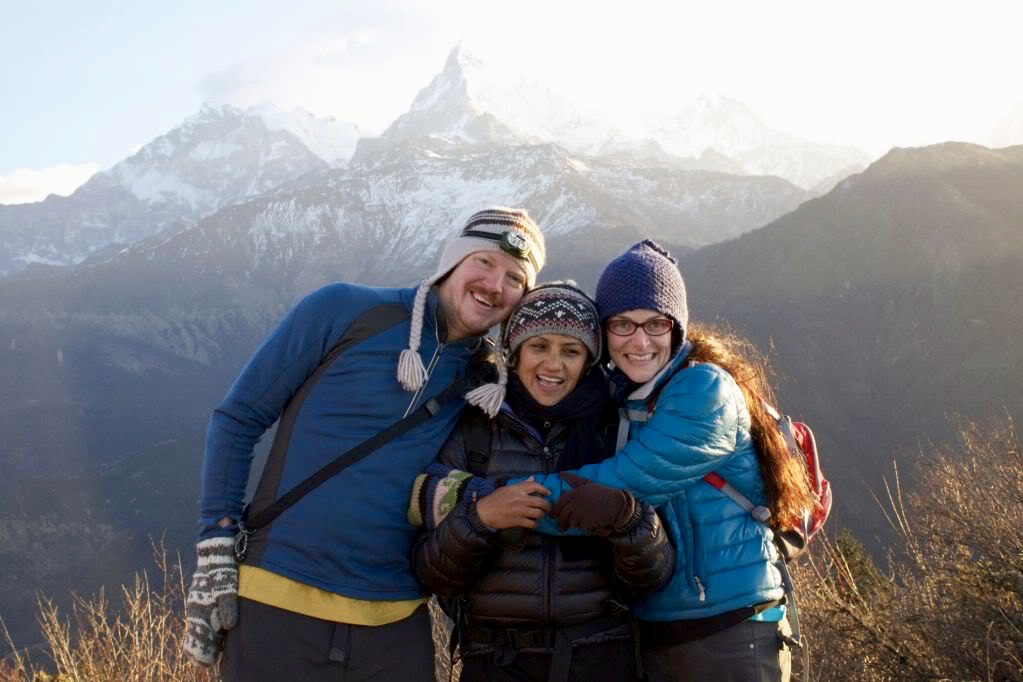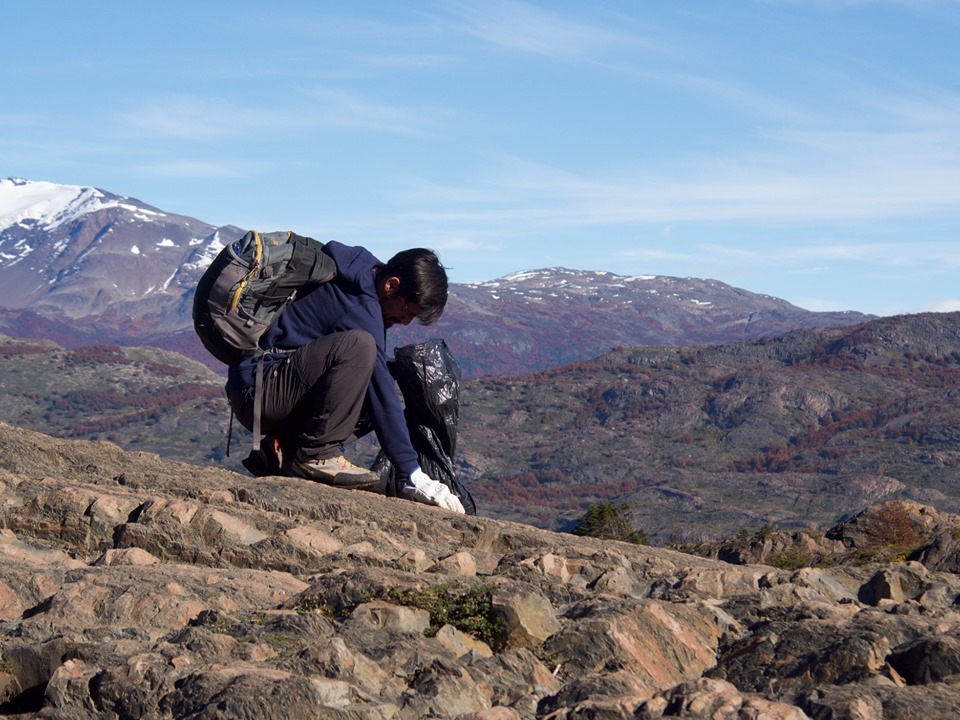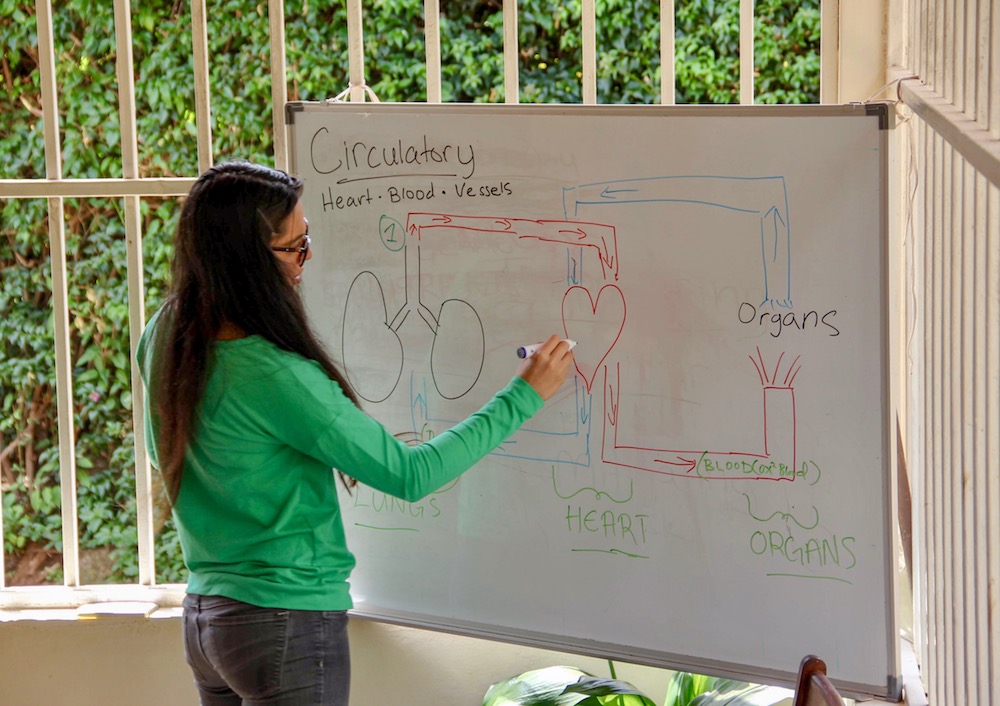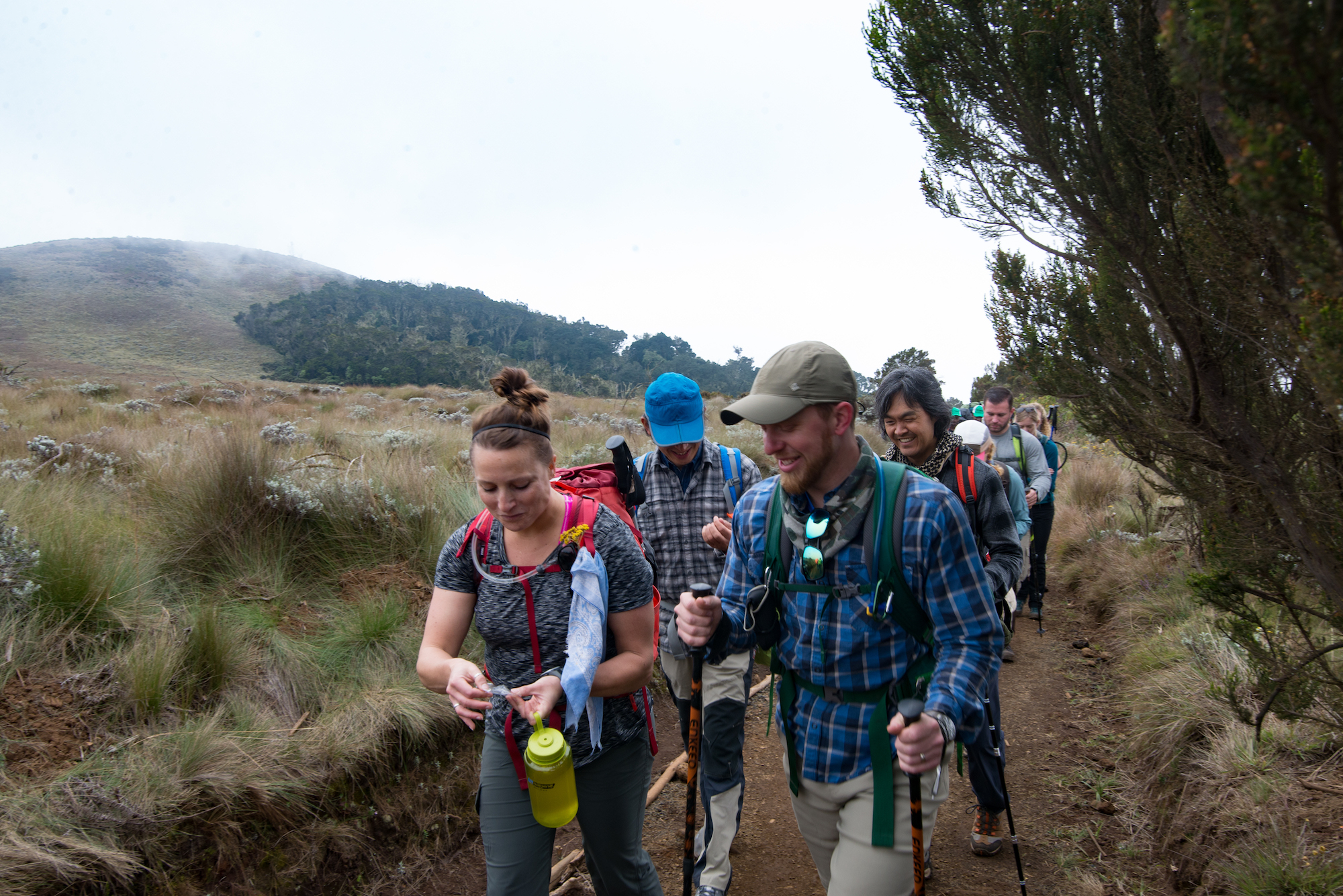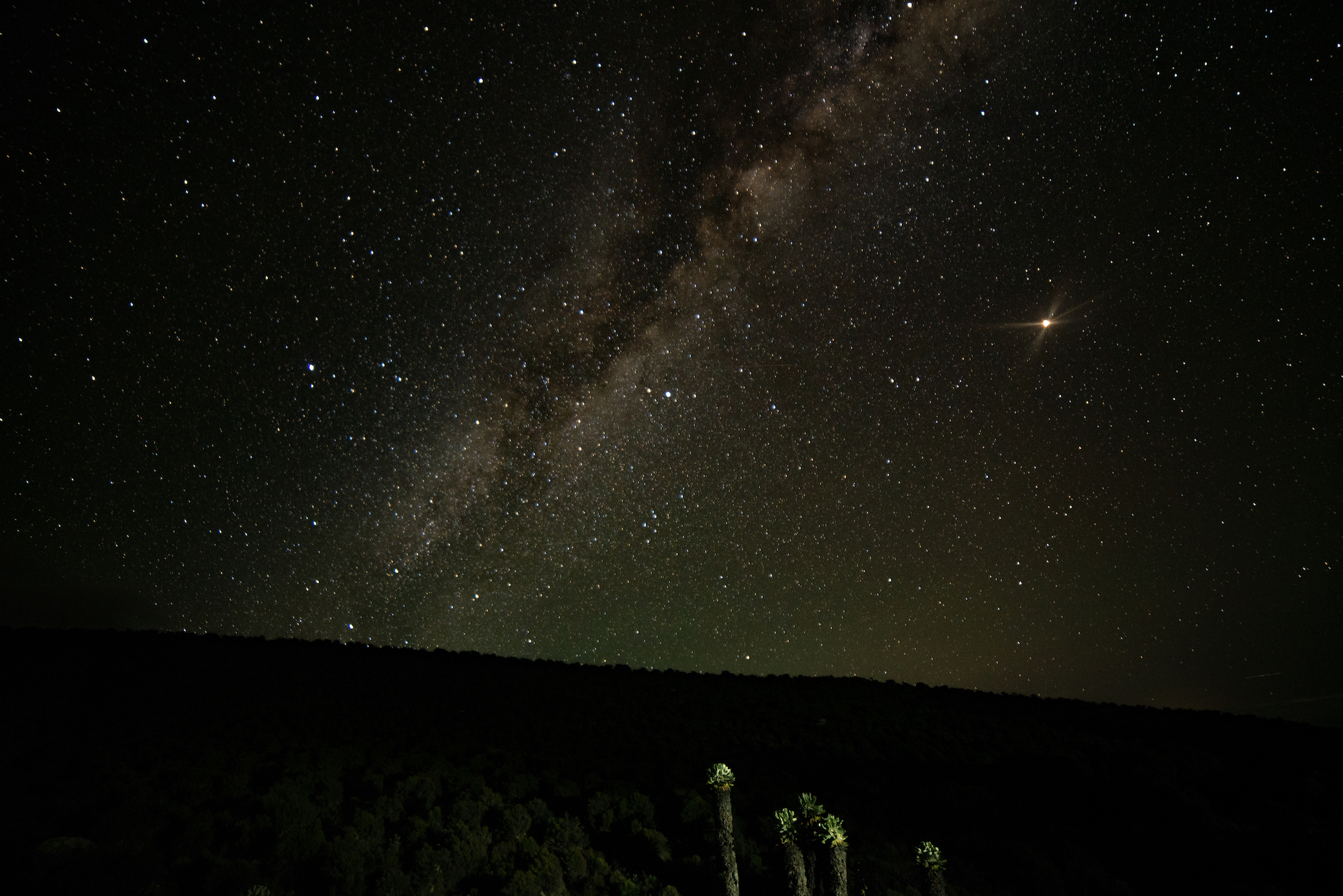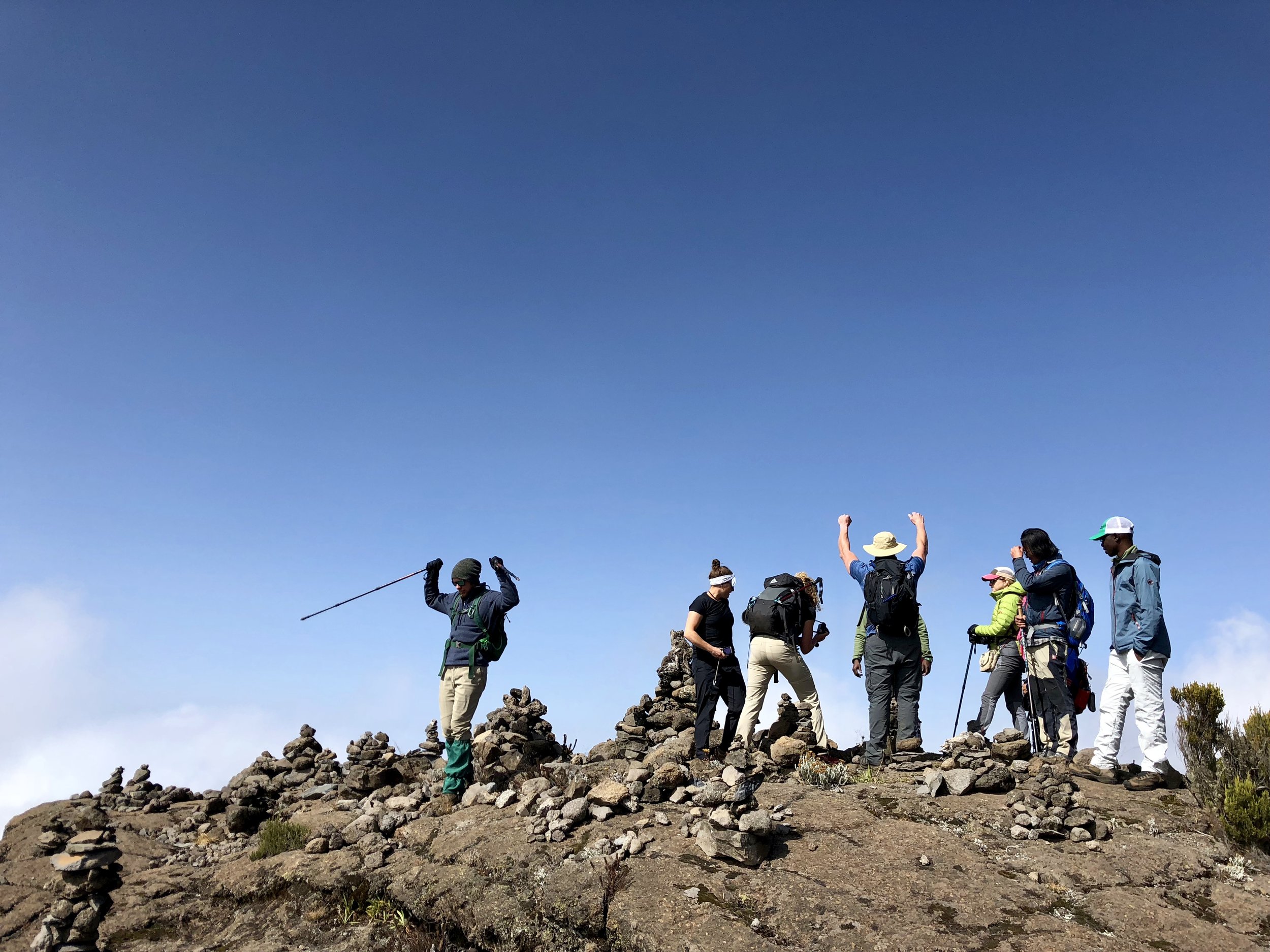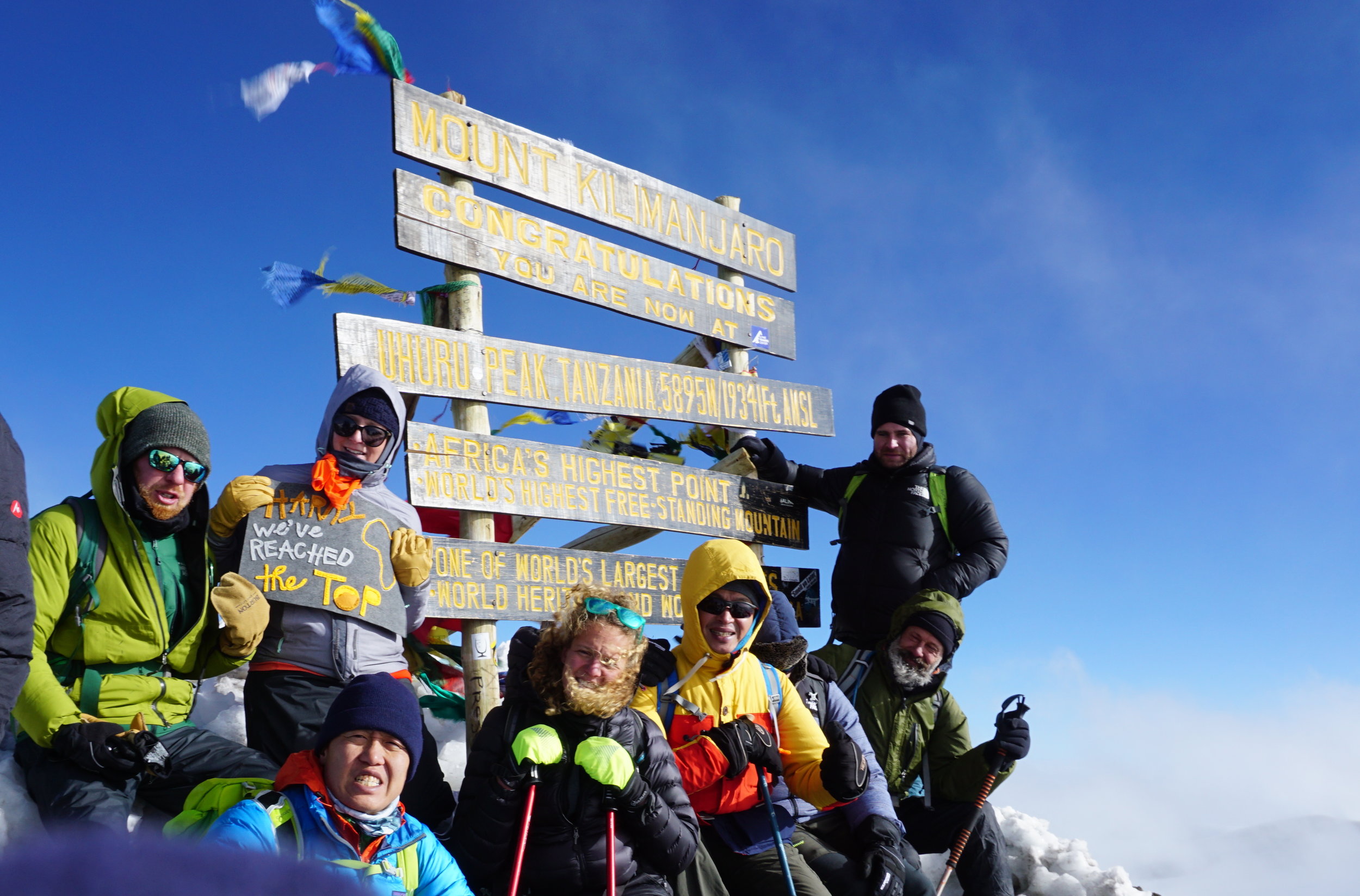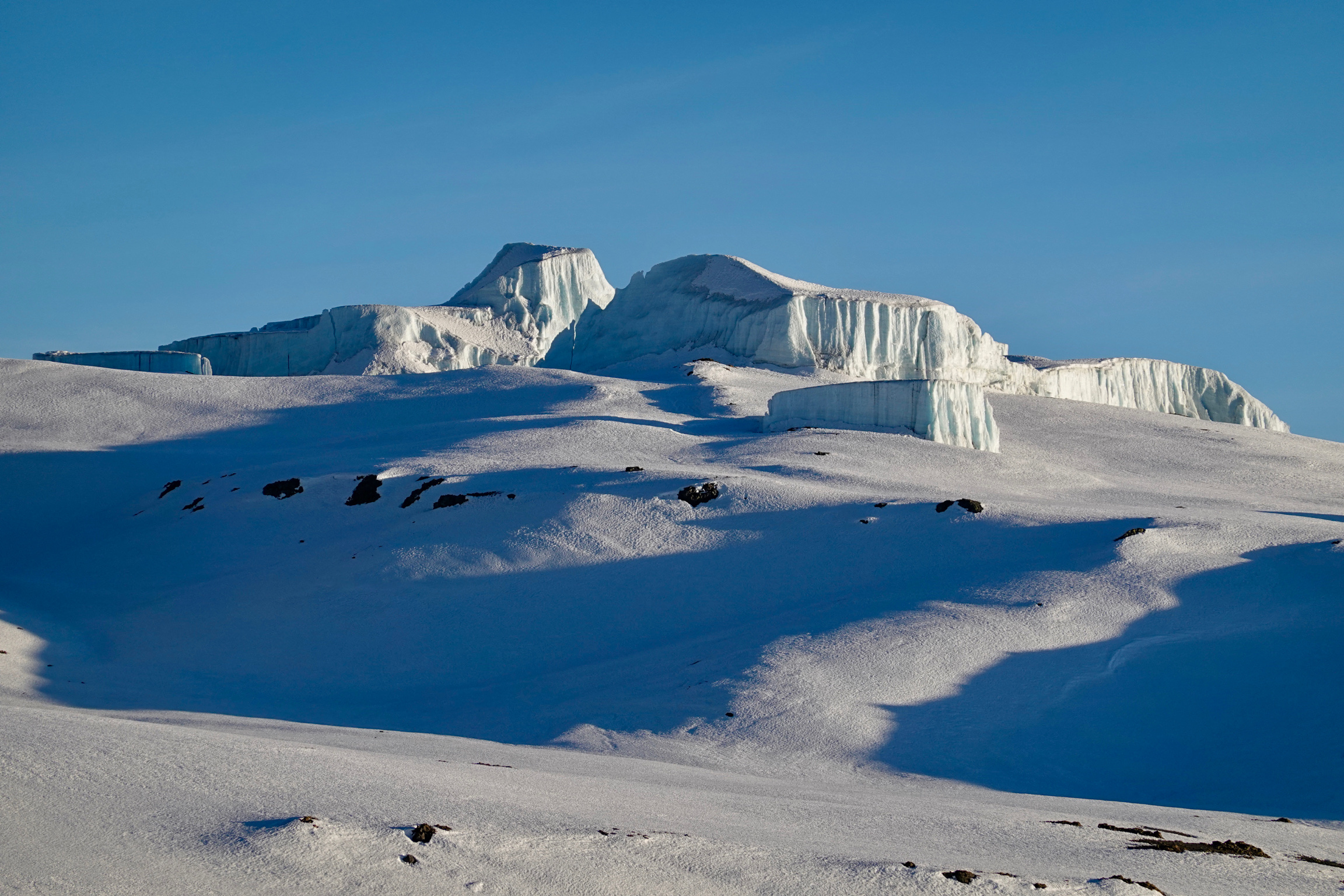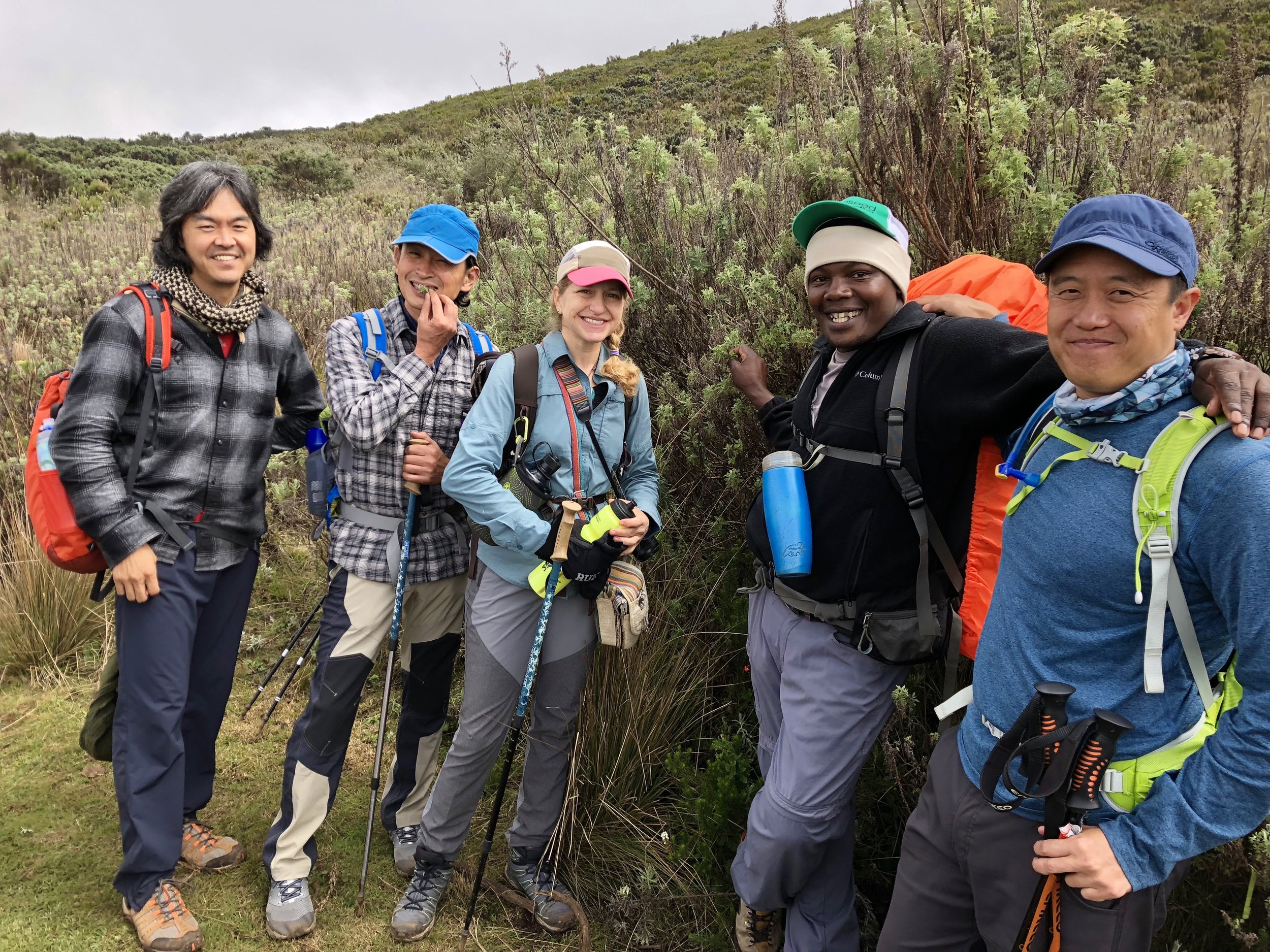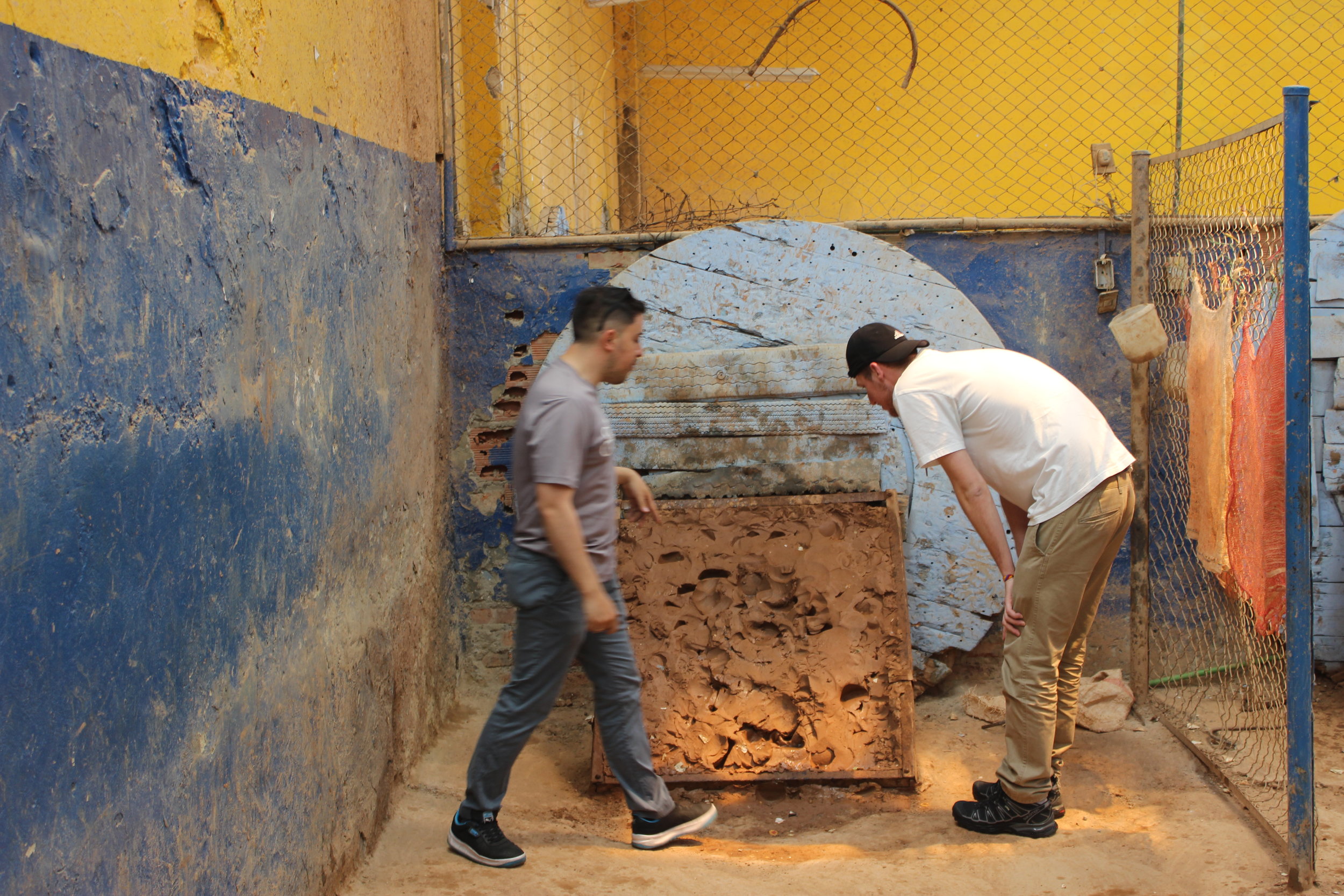What to Expect When Traveling to Colombia
Country Report - Matt Leach, Expedition Specialist
Have you ever melted cheese in hot chocolate (if not, you’re doing hot chocolate all wrong), thrown a metal caster at a paper packet full of gunpowder (more on Tejo here), or explored ruins hundreds of years older than Machu Picchu with virtually none of the crowds? I hadn’t either prior to my ‘Hidden Colombia’ trek with OneSeed in 2018, but these were just a few of the surprises that awaited.
Prior to the trip, I knew very little about Colombia and what I did know or thought I did, gave me pause. I spent a disproportionate amount of time reading blogs and State Department advisories about personal safety precautions before the trip and, quite frankly, arrived in the country on the defensive. While you do have to keep your wits about you anywhere you travel, my actual experience in Colombia could not have been further from the negative expectations I arrived with. Here were a few of the top things that surprised me on the trip:
Locals are extremely friendly
One might expect locals in a country with a reputation like Colombia’s to be disconnected or jaded. Maybe it’s because tourism is still relatively new in Colombia, or maybe they are just aware of the perception of their country as a dangerous place, but I found that locals are extremely friendly and welcoming. Before I even set foot in Colombia, the guy next to me on the plane had struck up a conversation and, upon learning that Bogota was my final destination, gave me tips on places to see, things to eat, and places to avoid. He also gave me his WhatsApp number in case I had any questions or needed help while I was there. Uh, what!? This kind of friendliness and generosity was really common throughout my time in Colombia; servers at restaurants, front desk staff at hostels and hotels, fellow patrons at attractions and museums all seemed genuinely interested in why I was there and in helping me to maximize my experience in Colombia. I did not take advantage of “help” offered by overly-friendly strangers on the street (generally a red flag) but had great luck accepting the kindness and generosity of service staff and fellow patrons of activities/restaurants.
The food is so, so good
From hearty stews and chocolate con queso in the chilly, mountainous region of Bogota, to the refreshing Caribbean flavors of fried fish and arroz con coco (coconut rice), the food is just amazing. Whether your try patacones (fried plantains in a variety of formats) or spicy mango dusted with chile powder in Santa Marta, only two things were constant about the food in Colombia: it is always delicious, and you can get an arepa - a delicious, fried corn-cake served with all sorts of different toppings and fillings - anywhere.
Colombia also has the most native varieties of fruit of any country in the world. The sheer variety on display at Paloquemao market was a feast for all senses...smoothie anyone?
People and cultures are incredibly diverse
People of all races, creeds, colors, and cultural backgrounds abound in Colombia. From the people of Bogota - a melting pot of cultures from all hemispheres, where people’s identities are as closely tied to their neighborhood as anything else; to Santa Marta, which has a distinctly Afro-Caribbean vibe due to its historical importance in the slave trade; to the serene, white-clad, Kogui people - the direct descendants of the Tairona, who built La Ciudad Perdida that you see along the trek; one thing unites all Colombians - there is no one way to be “Colombian.”
The Lost City is very different from Machu Picchu
Having just visited Machu Picchu the year prior to my expedition in Colombia, I expected the “Lost City” ruins to be very similar to their more famous Peruvian counterpart, but no!
First, there’s the process of getting to each site: the terrain and jungles you pass through are totally different; the people and cultures you see along the trail are different; the food you eat along the trek is different. It’s just.different.
Then, there are the sites themselves. Whereas Machu Picchu has more intact standing structures, La Ciudad Perdida is comprised mostly of circular foundations. A large portion of The Lost City has not been excavated yet, so the jungle seems to enclose everything. The whole site feels very….mysterious. The crowds at La Ciudad Perdida were also much lighter than the crowds at Machu Picchu, making it easier to linger at a particularly interesting spot or find a seat up high for great views of the site and jungle below.
Lastly, there were Kogui people at La Ciudad Perdida while I was there, but I don’t recall seeing Quechua people at Machu Picchu. To see the direct descendents of the people who built La Ciudada Perdida, enjoying and practicing traditional values at the site, living traditionally in close vicinity to the site, made it really special.
All-in-all, Colombia was one of the biggest, best travel surprises of my life and I can’t wait to go back.
Have you been?
Are you looking to go?
Drop me a line at info@oneseedexpeditions.com.






























